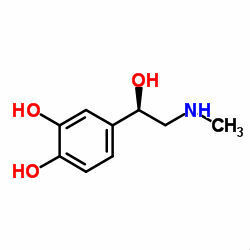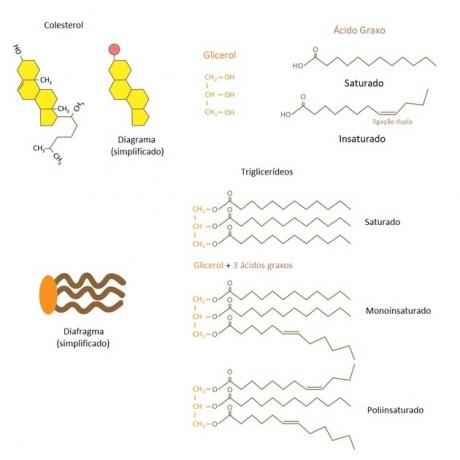Adrenaline or epinephrine is a hormone in the human body, secreted by the adrenal glands and acting on the sympathetic nervous system (neurotransmitter).
The chemical formula for adrenaline is C9H13AT THE3.

Adrenaline structural formula
Mechanism of action
The adrenaline hormone is released in times of stress, fear, danger, dread or strong emotions. For example, a robbery, roller coaster descent, hang gliding, among others.
Adrenaline serves as the body's defense mechanism, preparing it for an emergency situation.
When adrenaline is released, reactions occur in the body that prepare it for a certain effort, in response to a stressful situation.
Among the actions of adrenaline in the body are:
- Excessive sweating;
- Pallor;
- Tachycardia (acceleration of the heartbeat);
- Dilation of pupils and bronchi;
- Contraction of blood vessels (vasoconstriction);
- Relaxation or contraction of muscles;
- Involuntary tremors;
- Increased blood sugar, blood pressure and respiratory rate.
Learn more about Neurotransmitters.
Adrenaline and Noradrenaline
At adrenal glands produce two hormones main: adrenaline and norepinephrine (norepinephrine).
Norepinephrine is also a neurotransmitter, related to reasoning and emotions. It works independently of adrenaline.
The action of norepinephrine in the body is to maintain blood pressure at normal levels.
The chemical formula of norepinephrine is C8H11AT THE3.
Learn more about Glands of the Human Body and Endocrine Glands.
History
Adrenaline was discovered at the end of the 19th century by physician William Horatio Bates (1860-1931).
In 1900, the substance was indicated by the Japanese chemist Jōkichi Takamine (1854-1922), who performed the isolation and purification of adrenaline.
In 1904, the German chemist Friedrich Stolz (1860-1936) was the first to synthesize the substance, that is, to produce it artificially.
The name "adrenaline" came from the prefixes ad "proximity", referring to the adrenal glands and renal, kidneys and the suffix "-iat”, referring to the compound group: amine.
Medicinal Use
Adrenaline is used in medicine in cases of cardiac arrest, treatments for allergies, asthma and bronchitis.
Also learn about the Endocrine System.

